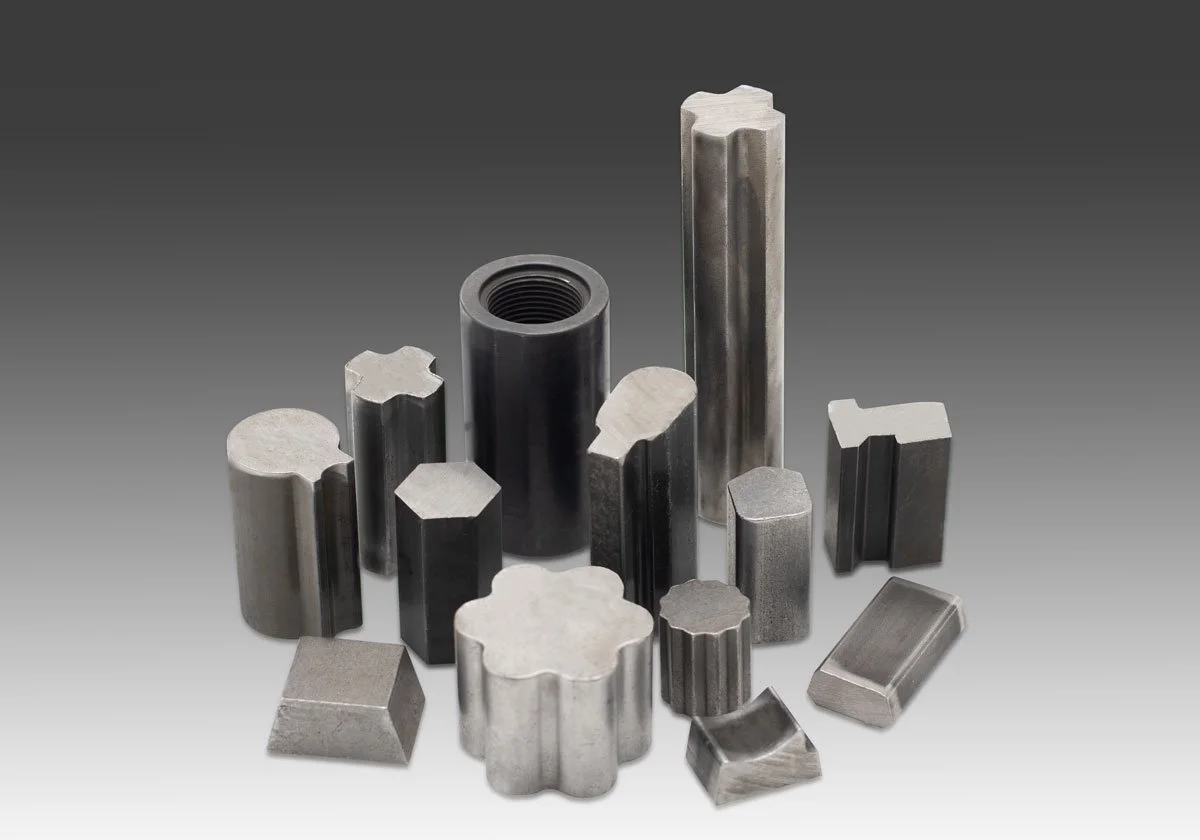Cold Drawn Specialty Shape Steel Bar: Why It Matters
Steel bar is essential across manufacturing, construction, and fabrication, but standard profiles don’t always fit the needs of every project. In cases where off-the-shelf shapes result in excess machining, material waste, or design limitations, custom cold drawn specialty shape steel bar offers a smarter alternative.
In this edition of Ask the Metallurgist, we cover what qualifies as a custom shape, how it compares to standard stock, and whether it’s the right fit for your application.
What are cold drawn specialty shape steel bars?
Cold drawn specialty shape steel bars are precisely engineered profiles that are drawn to match unique dimensional or geometric specifications. Unlike standard rounds, flats, or squares, custom shapes are designed to minimize secondary machining and deliver part-ready geometry straight from the mill.
These shapes are typically produced through a controlled process using custom dies to achieve the desired profile. The result is improved consistency, less material waste, and in many cases, reduced total cost per part.
Custom v. Stock Steel Shapes
Standard cold drawn shapes like round, square, hex, and flat bar are produced in fixed dimensions and are readily available from inventory. These shapes work well for a wide range of applications, especially when downstream machining can easily accommodate minor variations.
Certain projects, however, require:
● Non-standard dimensions
● Integrated features (e.g., grooves, tapers)
● Reduced finish machining
● Tight tolerances from the start
In cases with one or more of these considerations, custom shapes may be the better fit. To compare typical stock profiles, see our overview on sizing considerations and standard steel bar shapes.
How Cold Drawn Steel Shapes Are Produced
Producing cold drawn steel shapes begins with a detailed engineering process that turns a conceptual profile into a finished form. Unlike standard bar products, custom shapes require dedicated tooling and precise control over each stage of production.
Here’s how it works:
Design and Engineering: The desired cross-sectional shape is submitted as a CAD drawing or dimensional spec. Engineers then determine if the profile is able to be drawn meaning that it can be progressively formed without compromising steel integrity.[1]
Tooling Development: Custom dies are machined to guide the steel through each drawing pass. Most shapes require multiple passes, with each die incrementally forming the geometry. The tooling is typically unique to the shape and must be developed before production begins.
Drawing Process: Room temperature hot rolled steel is passed through a drawing device equipped with the custom die. The die reduces the original bar into the desired profile, increasing its length in the process.
Annealing: Annealing is often used to help soften the material being drawn and can be applied, before, during or after the drawing process.
Because the process involves both custom tooling and drawing expertise, lead times are typically longer than for standard bars, but the result is a precise profile and little to no waste product being produced in the process.
Are cold drawn steel shapes right for your project?
Custom cold drawn steel shapes aren’t always the right choice, but for certain applications, it can be a smart investment. You might benefit if you’re:
Trying to eliminate time-consuming machining steps. If your current process involves extensive milling, grinding, or turning just to get a standard bar into a usable shape, cold drawing a custom shape can deliver material much closer to final form. This reduces cycle time, lowers labor costs, and frees up capacity on your machining equipment.
Scaling a high-volume part with uniform geometry. For recurring parts with fixed profiles (especially in automotive, infrastructure, or OEM manufacturing) cold drawn steel shapes can dramatically lower cost per unit. Once tooling is established, mills can produce large quantities efficiently with consistent quality.
Seeking to improve material yield or reduce scrap. Stock shapes often require removal of significant material to reach the desired geometry, which drives up waste and cost. Custom profiles allow you to buy closer to net dimensions, maximizing usable material and minimizing offcuts.
Designing around strict dimensional or performance constraints. When your part must meet exact load-bearing, thermal, or assembly tolerances, a custom shape can be engineered to those parameters from the outset. This supports better structural alignment, reduced stress concentrations, and higher overall performance in the finished part.
Keep in mind that cold drawn specialty shape steel bar often requires minimum order quantities, custom tooling, and lead times that may not align with urgent turnaround needs. For these reasons, custom shapes are best suited for repeat production runs or parts with long-term, high-volume demand.
Source Stock or Cold Drawn Steel Shapes from Jade Steel
Jade Sterling Steel supplies a full range of cold drawn steel shapes in standard profiles and sizes, plus the expertise to help determine whether cold drawn specialty shape steel bar is worth the investment. We work with mills to source material to your exact spec, whether you’re ordering from stock or designing something unique.
Contact us to discuss your project or request a quote.


